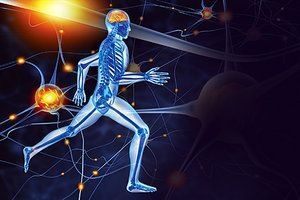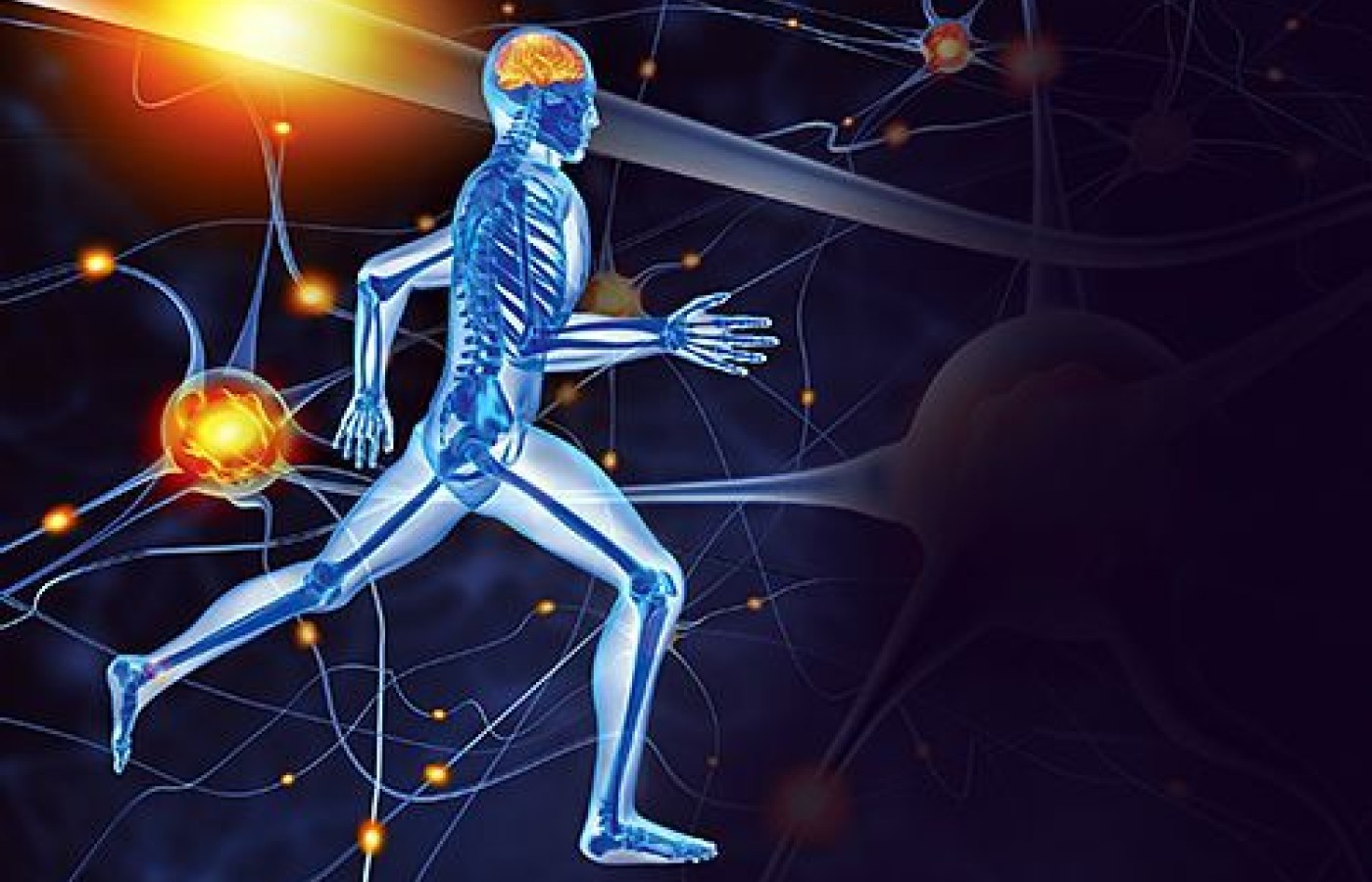You became a chiropractor to serve people, not an insurance company. You deserve to run a business that aligns with your values, supports your family and lights you up. Cash-based care isn’t just a pricing model – it’s a philosophy rooted in freedom, trust and respect for your patients and for yourself. Here's why - and how - to do it.
Mind-Body in Motion
A central goal of low back pain treatment involves the correction of dysfunctional movement patterns believed to be responsible for spinal overload. In my previous article, I suggested correction of local flexibility or strength deficits alone is unlikely to accomplish this goal.1 Instead, treatment must also address the motor patterns that control these dysfunctional movements. This process requires at least a basic understanding of how motor patterns are developed and refined.
Motor Control, Schema Theory and the Generalized Motor Program
The body controls movement through the use of motor programs stored within the central nervous system (CNS). These motor patterns can be thought of as a set of motor instructions concerning the pattern of muscle activation required for given movement.2 It was once believed that these patterns were specific to a particular movement or skill, with the CNS storing a discrete set of motor commands for each individual movement.3 However, Schmidt (1975) suggested that instead of discrete motor programs, movement was governed by generalized motor programs (GMP) that store motor commands for similar classes of movements.4
Schmidt introduced this concept as part of his schema theory of motor learning. Despite being published decades ago, his theory remains one of the most widely adopted views of motor learning.2

Generalized motor programs are thought to represent a broad motor blueprint for a certain type or class of movement, while at the same time allowing for flexibility in the specific execution of a given movement. For example, each time an individual is faced with the task of climbing a set of stairs, their CNS would access a GMP associated with stair ascent. While this program would provide the general motor rules for stair climbing, the individual would still be able to scale the specific motor commands based on factors such as the height of the staircase or the speed with which they want to climb the stairs.
In this context, an individual does not learn a completely novel motor pattern for every different movement, but instead can call upon and then modify an existing GMP associated with similar types of movements. The existence of such generalized programs provides support for the evaluation and retraining of common functional movement patterns such as squat, lunge, gait or push / pull motions.
Initiating, Controlling and Training Movement
Like a software program that records and stores every facet of computer use, the CNS maintains an ongoing database of critical information related to every movement performed by the body.4 This information is then analyzed, evaluated and later recalled when initiating, controlling and learning movement patterns. Schmidt suggested there are four specific elements stored and utilized during movement:
- Information about the initial conditions of the movement (i.e., posture, muscle tension and joint load)
- An exact copy of the motor commands used to carry out the movement (referred to as the response specifications)
- A copy of the afferent information produced during the movement, thereby providing a neural representation of what the movement "felt like" (referred to as the sensory consequences)
- Information regarding the success or failure of the movement – the movement outcome.
Following each movement, these four elements are stored within the CNS. Then, when faced with the task of performing a movement, information about the initial conditions (as well as the goal of the pending movement) is relayed to the CNS. The CNS then devises a set of motor commands by extrapolating information from previously stored response specifications associated with similar tasks. These motor commands represent a best guess of how to accomplish the desired goal. At the same time, the CNS also generates a set of "expected" sensory consequences – a best guess as to how the movement will "feel."
With these elements established, the body can then initiate the movement. The afferent information generated during each stage of the movement is then compared against the expected sensory representation. Differences between the actual and expected sensory information are registered as movement errors and become the stimulus for correction or alteration of the movement. When teaching a patient to utilize more effective movement strategies, it is important for them to develop a better internal model of how a specific type of movement should "feel."
The Importance of Practice & Feedback in Motor Pattern Development
It is clear that motor performance improves with practice.5 Research suggests the practice or repetition of a particular motor skill leads to changes in the neural networks in the brain related to the encoding, consolidation and retrieval of motor commands during movement.6 But it is not just the amount of repetition that is important; the quality of practice also must be considered. It is critical that the patient perform and repeat the movements correctly if the desired motor pattern is to be established.
To ensure this occurs, feedback with respect to the quality of the movement performed is critical. This feedback provides a reference as whether the movement has been performed correctly or if a modification is required during future attempts. Error recognition is what drives learning and modification.
As stated above, movement begins with a goal; for example, to pick up a box from the floor. When attempting the task, if the subject is able to pick up the box, it is registered as a successful outcome – the overall goal of the movement has been achieved. Following this positive reinforcement, the CNS then learns that the strategy used during this motion is a valid one. The CNS will call upon this motor pattern again the next time it is faced with a similar task. With repetition over time, the pattern becomes more ingrained.
While the only conscious goal of the individual may be to accomplish the overall movement task, as clinicians we also need to be concerned with the kinematic and kinetic aspects of the movement. For example, in addition to simply lifting the box, keeping the lumbar spine in a neutral position and lifting with a hip extension strategy will likely be important additional movement goals for someone with lower back pain.
It is important for the clinician to not only teach the patient how to move in such a manner, but also to provide appropriate feedback to them as to the relative success or failure of these movements. This feedback can take the form of verbal coaching, but should also include methods that can be utilized by the patient at home. In addition to having the patient focus on how the correct motion "feels" (which will help to develop the internal sensory blueprint), the use of a broomstick or dowel can aid the patient in monitoring lumbar spine position while lifting, or when performing a stoop or squat movement. Performing exercises in front of a mirror can provide visual feedback on the quality of movement.
Only when the patient is aware of the proper movement, and has a means through which they reliably evaluate whether or not they have performed the movement successfully, can they begin to effectively practice the movement at home. As retraining a motor pattern will require regular and consistent practice, establishing proper technique and an effective means of self-evaluation is a critical step that should be undertaken as early as possible in the treatment process.
References
- Gray J. "Correcting Dysfunctional Movement Patterns - Is Local Treatment Enough?" Dynamic Chiropractic, Dec. 15, 2014.
- Fairbrother JT. Fundamentals of Motor Behaviour. Human Kinetics: Champaign, IL, 2010.
- Henry FM. Increased response latency for complicated movements and a "memory-drum" theory of neuromotor reaction. Research Quarterly, 1960;31:448-458.
- Schmidt RA. A schema theory of discrete motor skill learning. Psychol Review, 1975,84(2):225-260.
- Adams JA. Historical review and appraisal of research on the learning, retention, and transfer of human motor skills. Psychol Bulletin, 1987;101:41-74.
- Fuster JM. Memory in the Cerebral Cortex: An Empirical Approach to Neural Networks in the Human and Nonhuman Primate. MIT Press: Cambridge, MA, 1999.



